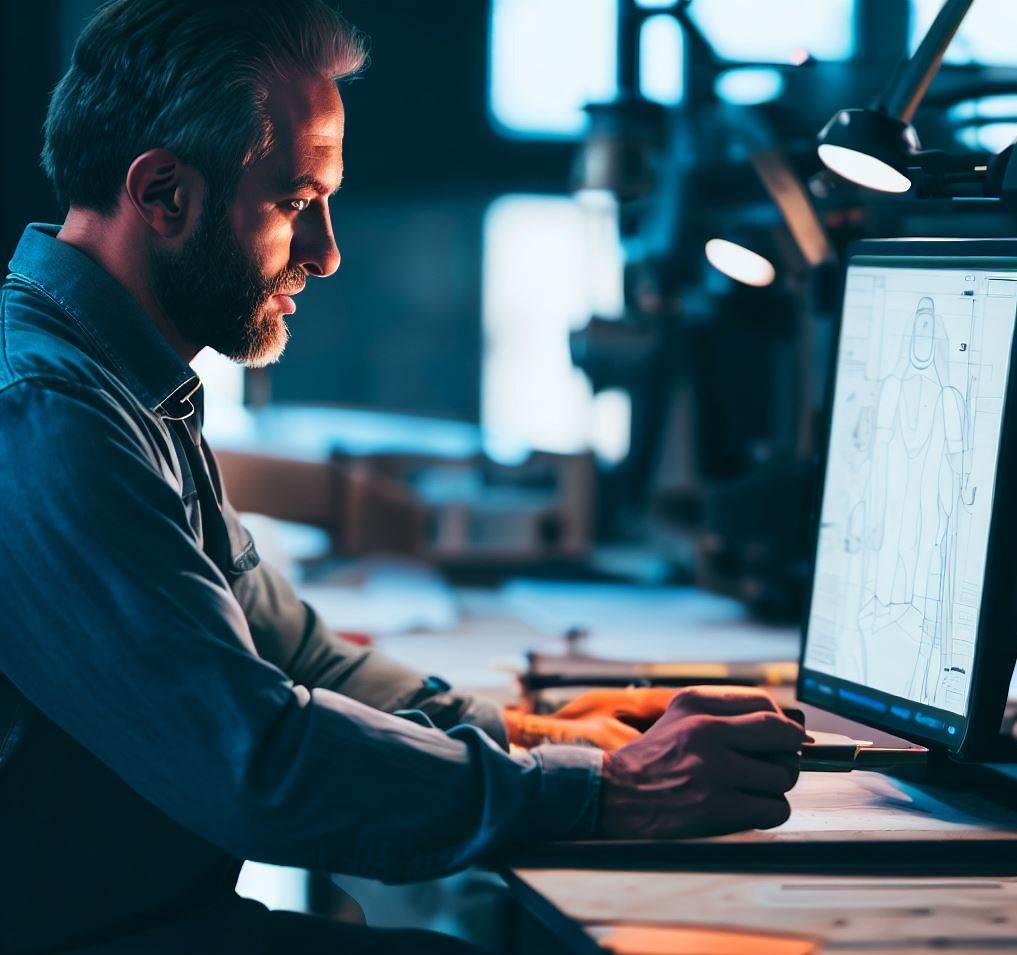When it comes to customizing automobiles, the right equipment can make all the difference in the quality of the final product. From the latest computer-aided design software to advanced cutting and welding machines, custom fabrication shops rely on a wide range of tools to create parts that meet their customers’ specifications. In this article, we’ll take a closer look at some of the essential equipment used in the custom fabrication of automotive parts.
Design Software
The first step in custom fabrication is creating a design that meets the customer’s specifications. This is where computer-aided design (CAD) software comes into play. CAD software allows fabricators to create 3D models of the parts they want to create. This software is essential in ensuring that the final product meets the customer’s expectations. Some popular CAD software used in custom fabrication include AutoCAD, SolidWorks, and CATIA.

Cutting Equipment
Once the design is complete, the next step is cutting the raw material to the desired shape. There are many types of cutting equipment used in custom fabrication, each with its own advantages and disadvantages. Some popular cutting equipment used in custom fabrication include:
- Laser Cutters: These machines use a high-powered laser to cut through materials. Laser cutting is precise, and the cut edges are clean, but the machines are expensive.
- Waterjets: These machines use high-pressure water mixed with an abrasive to cut through materials. Waterjets are versatile and can cut through many different materials, but they are slower than laser cutters.
- Plasma Cutters: These machines use a high-temperature plasma arc to cut through materials. Plasma cutters are fast, but the cut edges are not as clean as those produced by laser cutters or waterjets.
Welding Equipment
After the material has been cut to the desired shape, the next step is welding it together. Welding is the process of joining two pieces of metal together using heat and pressure. There are many types of welding equipment used in custom fabrication, including:
- MIG Welders: MIG welding is the most common type of welding used in custom fabrication. These machines use a wire feed to create a weld. MIG welding is fast and produces a strong weld, but it requires a lot of skill to use.
- TIG Welders: TIG welding is a more precise type of welding. These machines use a tungsten electrode to create the weld. TIG welding produces a very clean weld, but it is slower than MIG welding.
- Stick Welders: Stick welding is a type of welding that uses a consumable electrode to create the weld. Stick welding is the easiest type of welding to learn, but it produces a less clean weld than MIG or TIG welding.
Press Brake
A press brake is a machine used to bend and shape metal. This machine uses a punch and die to create the bend in the metal. Press brakes are essential in creating custom automotive parts that require precise bends. There are many types of press brakes available, including manual, hydraulic, and CNC-controlled press brakes.
Rolling Machine
A rolling machine is a machine used to roll sheets of metal into cylindrical shapes. Rolling machines are used to create custom parts like exhaust pipes, roll cages, and chassis components. There are many types of rolling machines available, including manual, hydraulic, and CNC-controlled rolling machines.
Finishing Equipment
Once the part has been cut, welded, and bent into shape, the final step is finishing it. Finishing equipment is used to smooth out rough edges, remove burrs, and polish the surface of the part. Some popular finishing equipment used in custom fabrication include sanders, grinders, and polishing machines.
Conclusion
In conclusion, the custom fabrication of automotive parts is a complex process that requires various equipment to produce high-quality and functional products. From welders to CNC machines, each piece of equipment plays a critical role in the fabrication process. Fabrication businesses that specialize in custom automotive parts must have the proper equipment to stay competitive and meet their customers’ demands. The use of advanced equipment also ensures that the parts produced are safe, durable, and meet industry standards.
As the automotive industry continues to evolve and demand for custom parts increases, the need for sophisticated fabrication equipment will continue to grow. Fabrication businesses must stay up-to-date with the latest technology and invest in advanced equipment to meet the ever-changing needs of their customers.
